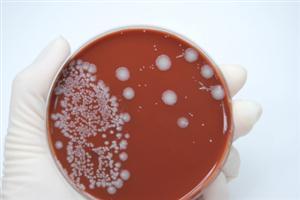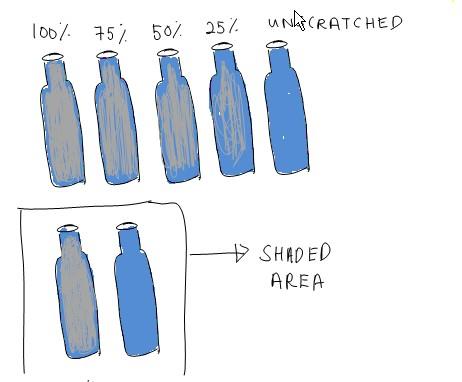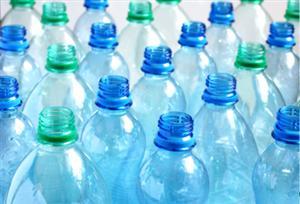Hypothesis
The lower the degree of transparency of the plastic bottle surface, the lower the level of disinfection.
Overview
What is Solar Water Disinfection (SODIS)?
Solar Water Disinfection is a method of killing unwanted microorganisms in water by exposing water in sunlight. Usually, clear plastic bottles are filled with water and then left in the sun, exposed to UV ray for hours on end.
This method is accredited by the World Health Organization because it is a cheap and efficient way to produce water safe for drinking and is currently widely used in many third world countries.
Experiments have shown that exposing polluted water to sunlight deactivates disease causing microorganisms due to the UV rays which proves to be deadly for harmful microorganisms.
What types of bottles are suitable for SODIS?
PET, which stands for Polyethylene terephthalate bottles are used in SODIS. PET bottles are used in SODIS because they are light and hard to break. In addition, PET bottles are also easily obtained in many countries. However, certain glass bottles and specifically engineered plastic bags can also be used.
However, over time, these PET bottles may become scratched from overuse. This would cause the plastic to lose its transparency and potentially hindering the potential effects from SODIS.
Scientific Terms
Escherichia Coli, Polyethylene terephthalate, Ultra-violet radiation
Conclusion
The hypothesis is valid because the amount of bacteria increases as the degree of opacity increases.
This study proves to be important for those countries using SODIS as a method for disinfecting drinking water. If the bottles are not well maintained, the benefits of SODIS would be lost and the people would ingest bacteria that may be harmful for them. As many diarrhea generating pathogens are found in water, the SODIS method (if carried out correctly) can help eliminate or minimize diarrhea -related deaths.
Also consider
What happens if bottles made from other material are used?
How can you make sure the PET bottles are 100% clean before carrying out the experiment?
What controls of the experiment should you take into consideration besides the ones mentioned above?
References
http://www.sodis.ch/methode/anwendung/index_EN
http://www.jalmandir.com/uv/sodis/sodis-process.html
http://www.rcsi.ie/sodis/about/background.htm
http://en.wikipedia.org/wiki/Polyethylene_terephthalate#Uses
Related videos
Hey there! Here are some awesome videos about this science project that we think you'll really like. They're not only super fun, but they'll also help you learn more about the science behind the project. So sit back, relax, and get ready to have some fun!!




